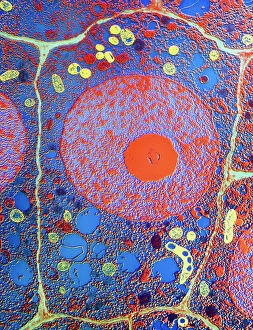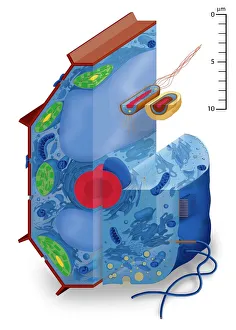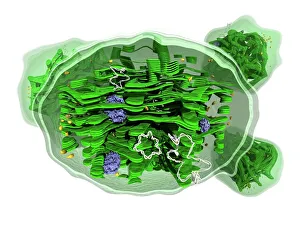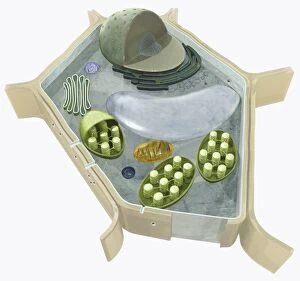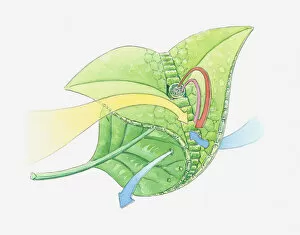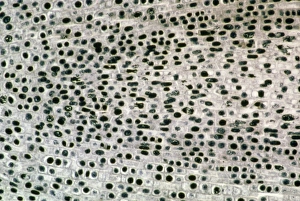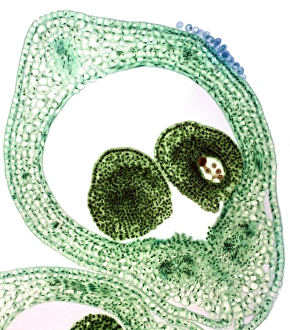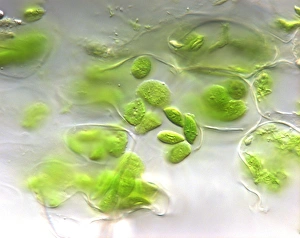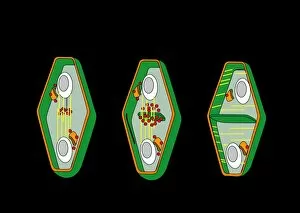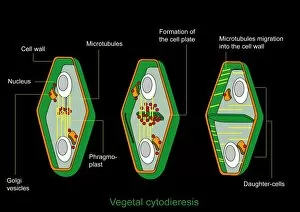Plant Cell Collection
"Exploring the Intricate World of Plant Cells
All Professionally Made to Order for Quick Shipping
"Exploring the Intricate World of Plant Cells: A Visual Journey" Step into the fascinating realm of plant cells as we delve into their diverse types and intricate structures through captivating artwork. Marvel at the mesmerizing chloroplast structure, depicted in stunning detail, where photosynthesis takes place, harnessing sunlight to produce energy for plants. Observe a magnificently illustrated plant cell, with its nucleus, nucleolus, ribosomes, and endoplasmic reticulum intricately portrayed. Discover the vital components that enable these cells to carry out essential functions within plants. Venture further into our exploration as we unveil different cell types such as nerve cells, red blood cells, muscle cells, and even guard cells found in leaves. Witness how each type plays a unique role in maintaining plant health and functionality. Embark on an enlightening journey through tobacco necrosis virus research artwork that sheds light on scientific breakthroughs aiming to combat this destructive pathogen affecting plants worldwide. Immerse yourself in an illustration showcasing a cross-section through a leaf's upper epidermis alongside palisade mesophyll and xylem vessels. Gain insights into how these layers contribute to leaf function and overall plant vitality. Delve deeper into nature's wonders with an illustration depicting the life cycle of a fern – witness spermatozoa entering female organs (archegonia) during reproduction. Marvel at the complexity of nature's reproductive processes. Explore leaf anatomy like never before with detailed illustrations unraveling its inner workings - from stomata regulating gas exchange to veins transporting water and nutrients throughout the leaf structure. Zoom in on onion cells captured under high-resolution micrographs revealing their intricate patterns up close – marvel at their beauty hidden beneath everyday vegetables. Finally, take a microscopic glimpse into monocotyledonous root structure by examining cross-sections of maize roots under intense magnification – uncovering secrets hidden beneath Earth's surface.

